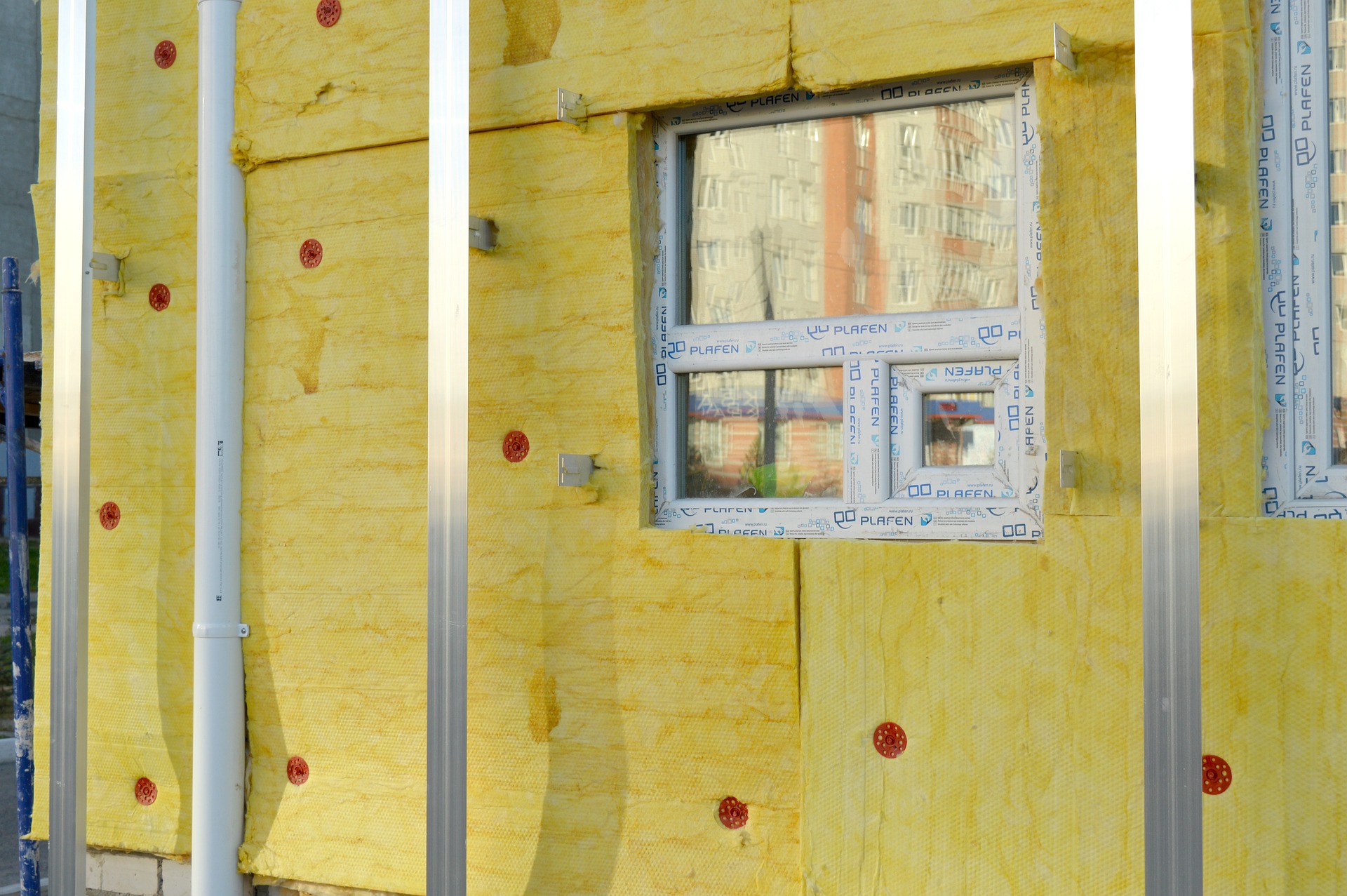Insulation Sheets: Types, Performance, and Installation Tips
Insulation sheets are a versatile building material used to control heat flow, improve energy efficiency, and enhance comfort in homes and commercial spaces. Available in many compositions and thicknesses, they fit into walls, roofs, floors, and around mechanical systems. This article explains what insulation sheets are, how they differ, how to read performance ratings, practical installation tips, how to choose products locally, and how to maintain them for long-term performance.

What are insulation sheets?
Insulation sheets are rigid or semi-rigid panels made to reduce heat transfer and provide a consistent thermal barrier. They include foam boards, fibrous boards, and reflective panels designed for specific applications—such as cavity insulation, under-slab insulation, or cladding backer boards. Their rigid form factor makes them easier to cut and fit in continuous layers, and they are often preferred where a defined thickness and structural stability are needed. Properly selected sheets help lower heating and cooling loads and can reduce drafts when combined with good air-sealing practices.
Common types and materials
Common insulation sheet materials include expanded polystyrene (EPS), extruded polystyrene (XPS), polyisocyanurate (PIR/PUR), mineral wool boards, and rigid fiberglass. EPS is economical and widely used for wall and under-slab insulation. XPS offers higher compressive strength and moisture resistance, making it suitable for foundations and exterior insulation. Polyiso boards have relatively high R-values per inch and are common in roof assemblies. Mineral wool boards provide fire resistance and sound attenuation. Each material has different handling properties, moisture tolerance, and environmental profiles, so selection depends on the installation context and performance priorities.
How to read R-values
R-value measures thermal resistance—the higher the number, the better the insulation’s resistance to heat flow. R-values are usually given per inch of material, so thicker sheets provide higher overall R-values. When comparing products, look at the specified R-value at the expected service temperature and consider how junctions, gaps, and thermal bridging (through studs, screws, or framing) will reduce effective performance. It’s also important to note that some materials’ R-values can change with moisture or over time; manufacturers’ technical data sheets provide standardized testing values to facilitate fair comparisons.
Installation tips for best results
Successful insulation sheet installation starts with a clean, dry substrate and careful measurement. Cut sheets to fit tightly with minimal gaps; use compatible adhesives, tapes, or mechanical fasteners as recommended by the manufacturer. Install a continuous air barrier if the design requires it, and pay special attention to edges, penetrations, and junctions with windows or doors to minimize thermal bridging. For exterior applications, consider a weather-resistant barrier and proper flashing. Wear appropriate protective gear when handling fibrous products and follow local building codes and manufacturer instructions to preserve warranty coverage and ensure safety.
Choosing the right product in your area
Local climate, building type, and available local services influence the optimal choice of insulation sheets. In cold climates, higher R-values and moisture-resistant materials for foundations are often essential. In humid regions, select products with good moisture performance and consider vapor control strategies. Consult local building codes and talk to local services or suppliers to compare availability and compatibility with regional construction practices. Contractors and insulation specialists in your area can also advise on best-fit products for retrofit projects versus new construction, and they can help with installation techniques tailored to local conditions.
Sustainability and maintenance
Sustainability considerations include embodied energy, recyclability, and long-term performance. Mineral wool and some rigid boards can be manufactured from recycled content and offer good fire performance. Some foam boards have higher embodied carbon but deliver strong thermal performance that reduces operational energy use. Maintenance is generally minimal: ensure sheets remain dry, undamaged, and properly sealed over time. Inspect for compression, moisture stains, or gaps after any structural work, and repair or replace affected sections to maintain thermal integrity. Responsible disposal or recycling at end-of-life varies by material and local recycling options.
In summary, insulation sheets are a practical, high-performance option for many thermal control needs. Choosing the right material requires balancing thermal performance, moisture resistance, fire properties, cost, and local availability. Careful installation and attention to air-sealing and detailing ensure the sheets deliver expected energy savings and comfort over the long term.






